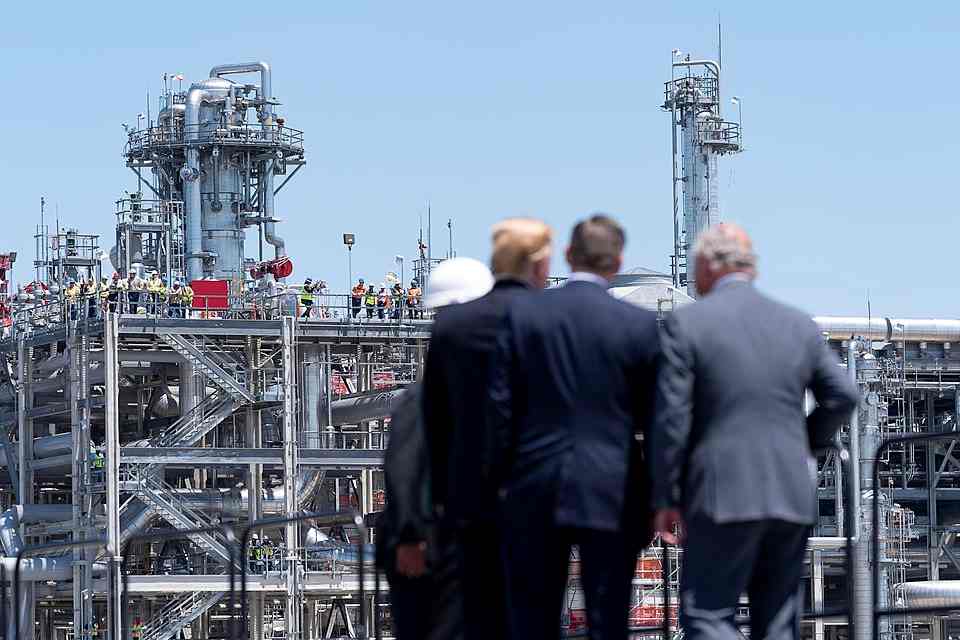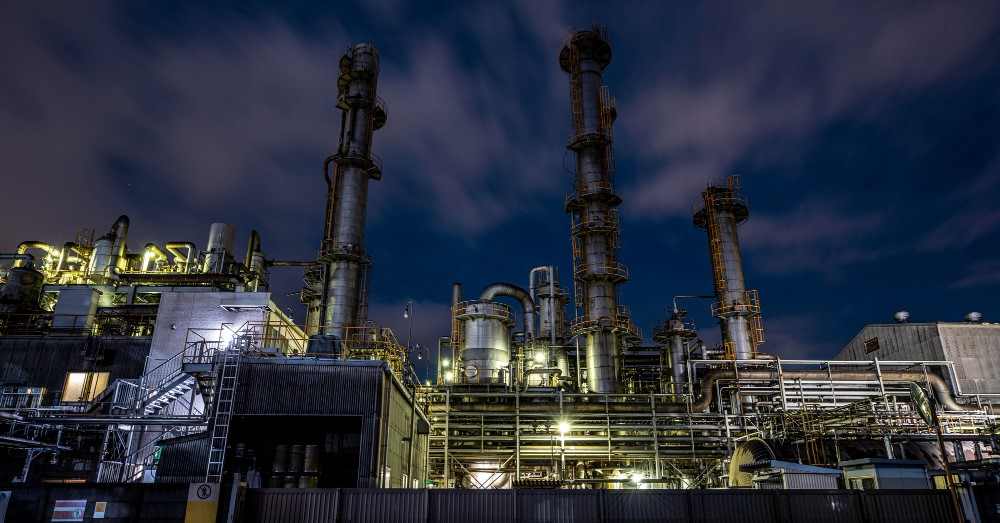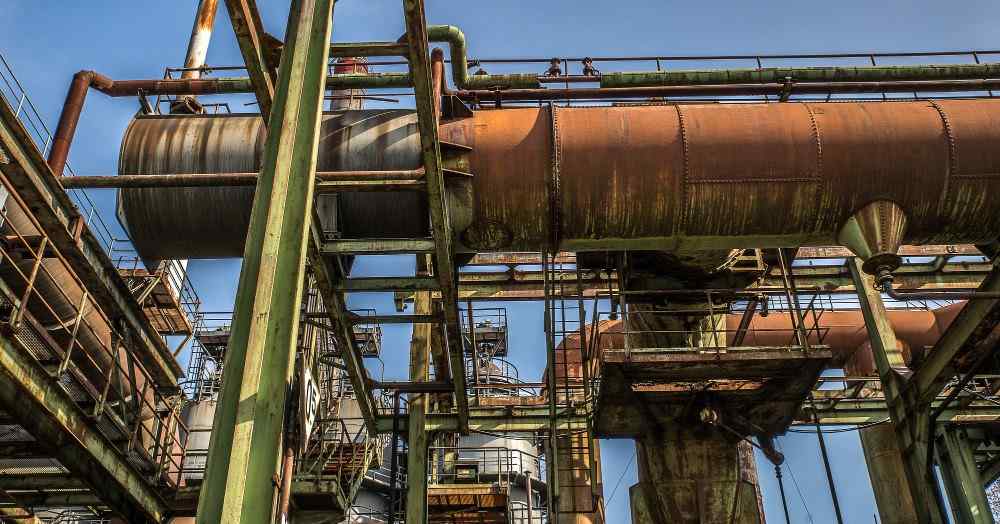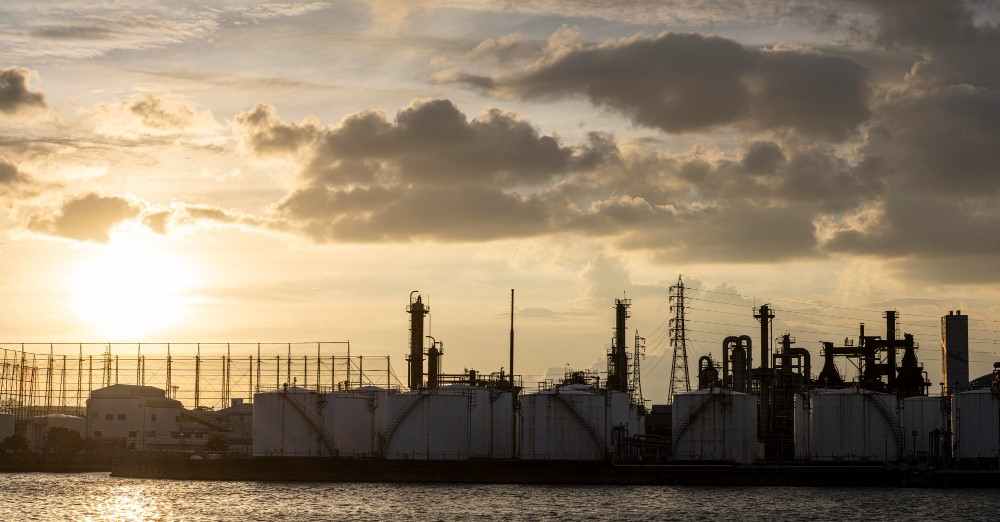The petrochemical sector has been under pressure for years. Overcapacity, weak margins, and slowing global demand have eroded profitability across regions. Now, U.S. President Donald Trump’s trade tariffs are adding another layer of disruption — one that could reshape the industry’s structure for years to come.
But is today’s pain a sign of a much-needed reset?
Petrochemicals — the building blocks for plastics, packaging, electronics, and consumer goods — have faced a glut of supply. Massive investments in China, the U.S., and the Middle East have outpaced demand growth, leaving producers squeezed.
“Petrochemical overcapacity is expected to worsen,” notes a report published by the industry journal Hydrocarbon Processing. It quotes data from the Institute for Energy Economics and Financial Analysis, which estimates that, “Supply is projected to exceed demand by 20–25% by 2030 as new plants come online.”
The result is that numerous petrochemical companies are now producing at a loss and have been forced to cut dividends, reduce guidance, or close plants.
As a recent Reuters report notes, “Benchmark naphtha cracks have turned negative in Asia, Europe and the U.S. in recent months. As a result, chemical producers worldwide have suffered a collapse in earnings. South Korean petrochemical producers LG Chem and Lotte Chemical posted losses in 2024. U.S. producer Dow Inc cut its dividend last month … Dow and German rival BASF both cut full-year guidance, citing added pressure from global trade wars.”
To add to these global economic woes, in April 2025, Trump announced widespread tariffs on countries importing into America—a policy which sent global manufacturers into panic and further weakened petrochemical product demand.
Related articles: Learning from Polyethylene’s Historic Price Turmoil or How Trump’s Chemicals’ Policy is Impacting the Global Industry
Even as exporters have adjusted to the new normal, the effects of the tariff policy is still being felt across the petrochemical sector. For example, a 25% tariff on South Korean petrochemical imports, later revised to 15% after a new deal, had the immediate effect of reducing U.S.-bound exports of South Korean goods by more than 20% in the first half of the year. In response, according to Reuters, “The South Korean government, which has long urged the sector to restructure, responded by pushing 10 companies to cut annual naphtha-cracking capacity by 2.7 to 3.7 million metric tons, roughly a quarter of the country’s annual capacity of 14.7 million tons.”
Elsewhere, Europe’s high energy costs are driving shutdowns in Germany, France, and the UK. Dow, for example, is closing three additional plants in Europe. Even in China, the government has pushed against inefficient production and is expected to accelerate closures of loss-making units—a policy which it is calling an ‘anti-involution’ campaign.
But the tariffs aren’t only hitting exporters. Downstream industries — electronics, appliances, automotive, and packaging — also feel the strain as input costs and supply chains are disrupted. This is further applying pressure on the chemical industry, for instance, the refining margins for naphtha, the key petrochemical feedstock, have dropped by more than 10%, weighing on refiners globally.
Energy markets have also reacted sharply. Fears of lower petrochemical demand pushed oil benchmarks down earlier this year: Brent by around 8%, WTI by 9%. Consequently, U.S. refining companies have lost over $20 billion in market value in a matter of weeks.
Short-Term Pain, Long-Term Restructuring
In the short term, Trump’s tariffs are exacerbating the predicted downturn in the petrochemical sector, as they reduce manufacturing output and widen the gap between petrochemical supply and demand. While some analysts see the retraction in petrochemical output as a painful — but necessary — rationalisation of capacity. Others warn that the tariffs risk pushing the global economy towards the edge of recession and warn that the cuts may go so deep that the petrochemical sector might not fully recover to profitability until 2027–28.
By forcing closures, curbing overproduction, and recalibrating trade flows, these policies may set the stage for a leaner, more sustainable chemical sector. A situation which Shell’s CEO, Wael Sawan, has described as an ‘incredibly long’ trough in the chemicals sector, adding that recovery will be slow, but aligning supply with real demand is the only way forward.
Overall, Trump’s foreign policy and tariff strategy have injected fresh uncertainty into an already fragile petrochemical market. For producers, the immediate picture is bleak: falling exports, squeezed margins, and plant closures are now the daily reality.
Yet, this turbulence could also act as a catalyst for transformation—more shutdowns, slower project pipelines, and a rebalancing of supply chains — but also the potential for healthier margins and more sustainable operations in the long term.
The question is whether governments and companies can manage this reset without triggering deeper economic fallout. Downstream industries, from packaging to automotive, are already under strain, and prolonged weakness risks spilling over into broader manufacturing and consumer markets. That risk is real, but so too is the opportunity: a leaner petrochemical sector could emerge more resilient, less wasteful, and better aligned with shifting global demand. In that sense, Trump’s tariffs may be remembered not just as a political manoeuvre, but as the shock that accelerated the structural reset which the chemical industry had long tried to avoid.
Photo credit: Wirestock, Freepik, Freepik, & Wikimedia




